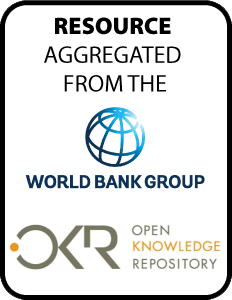Ukraine : Soil Fertility to Strengthen Climate Resilience
Ukraine is renowned as the breadbasket
of Europe thanks to its black soils ( Chernozem black
because of the high organic matter content) which offer
exceptional agronomic conditions. One-third of the worldwide
stock of the fertile black soils, which cover more than half
of Ukraine s arable land, a large variety of climatic zones,
and favourable temperature and moisture regimes, offers
attractive conditions for the production of a large range of

